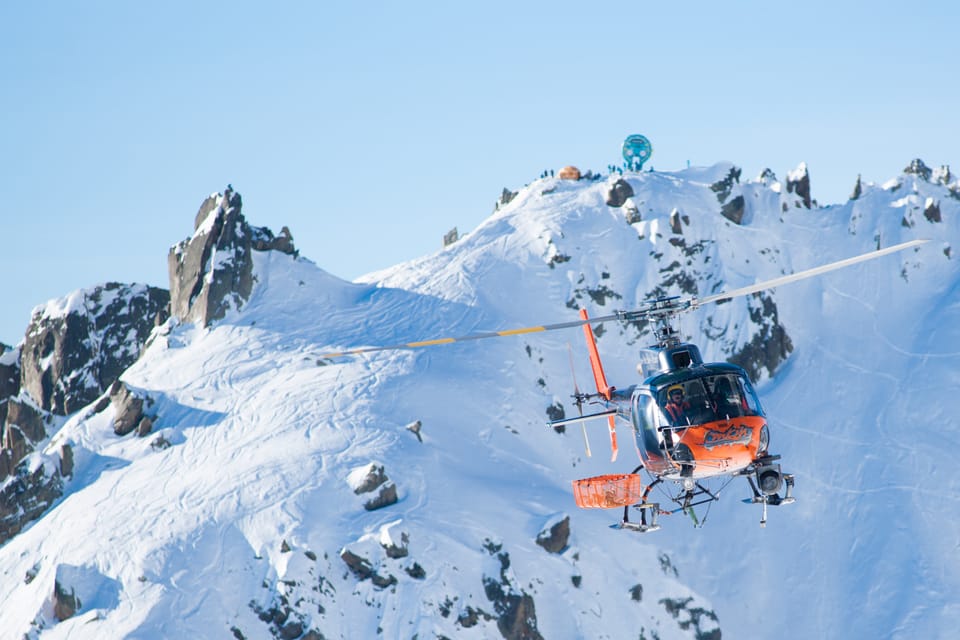Study Concludes Climate Change Could Close Ski Resorts Even When Snow Remains

An interesting new study in to the impact of climate change has concluded that shorter ski seasons could mean ski resorts are forced to close as they become unviable business models, even when they still have snow on the ground for a few months of the year later this century.
The study, by a group of scientists in Colorado, took a different approach to many climate change impact forecasts in not just looking at how much less snow there is likely to be in the futures due to climate change, but then seeking to analyse whether ski areas could still operate in each scenario.
Surprisingly perhaps, the study entitled: “Projected climate change impacts on skiing and snowmobiling: A case study of the United States” looked at 300,000 years of climate model simulations.
Found one scenario where ski resorts might actually e still viable and possibly increasing revenue towards the end of this century. That was if the world manged to stick to targets set in 2014 by the inter-government panel on climate change.
The scientists found that whether or not humanity managed to stick to targets in the short term it was likely temperatures will continue to rise in to the 2040s regardless. However from the 2050s on sticking to targets would dramatically slow warming.
This could mean that many ski areas remain viable, the study found, postulating that whilst the season might shorter by a few weeks for many, population increases could actually increase visitor numbers and thus turnover – the only negative would be slightly more crowded slopes.
The scientists also considered a ’do nothing’ scenario whereby mankind did not abide by the 2014 targets. This, they believe, will mean much more aggressive warming in the latter half of this century shortening the season by several months and meaning that income generating periods were so curtailed that for most resorts it would o loner be viable to invest in machinery and pay operating and staff costs.




